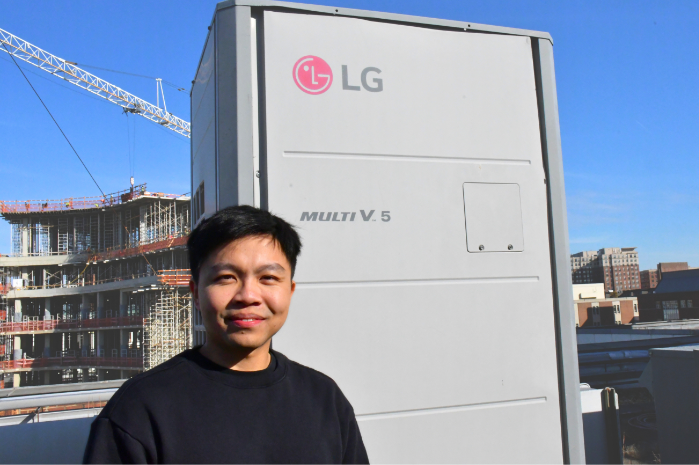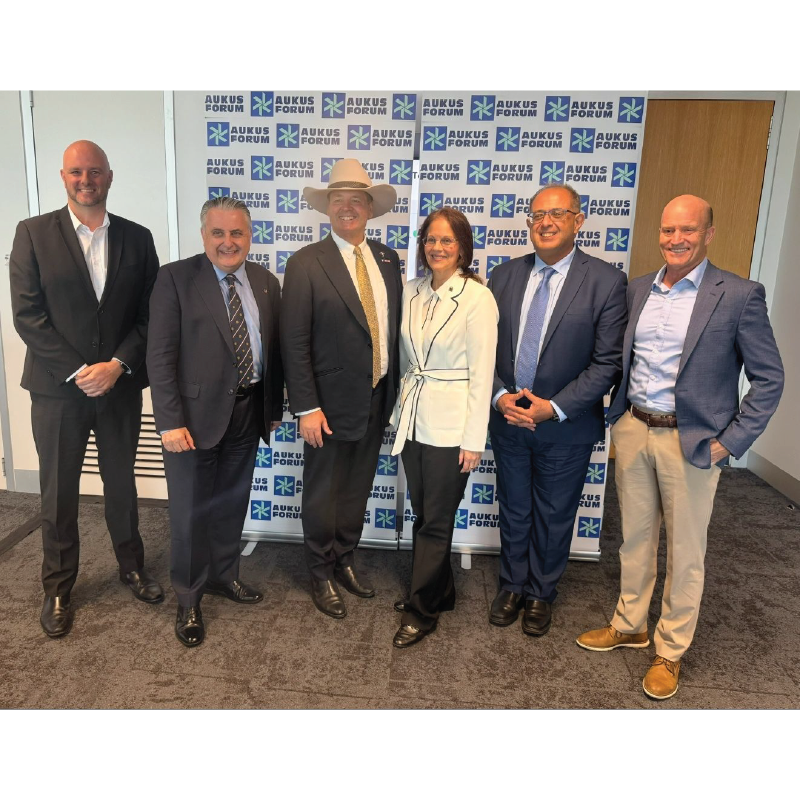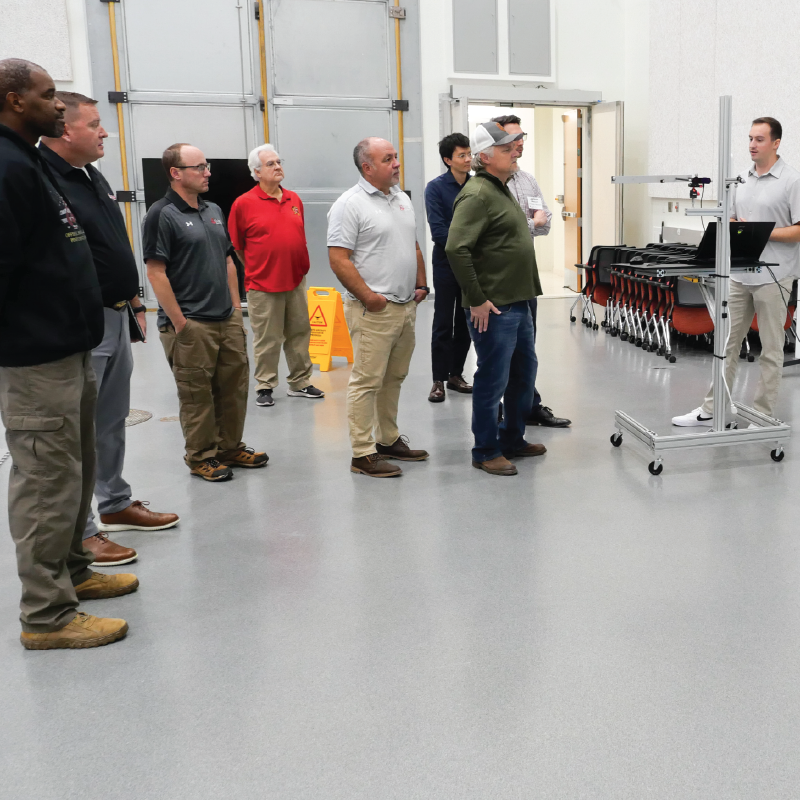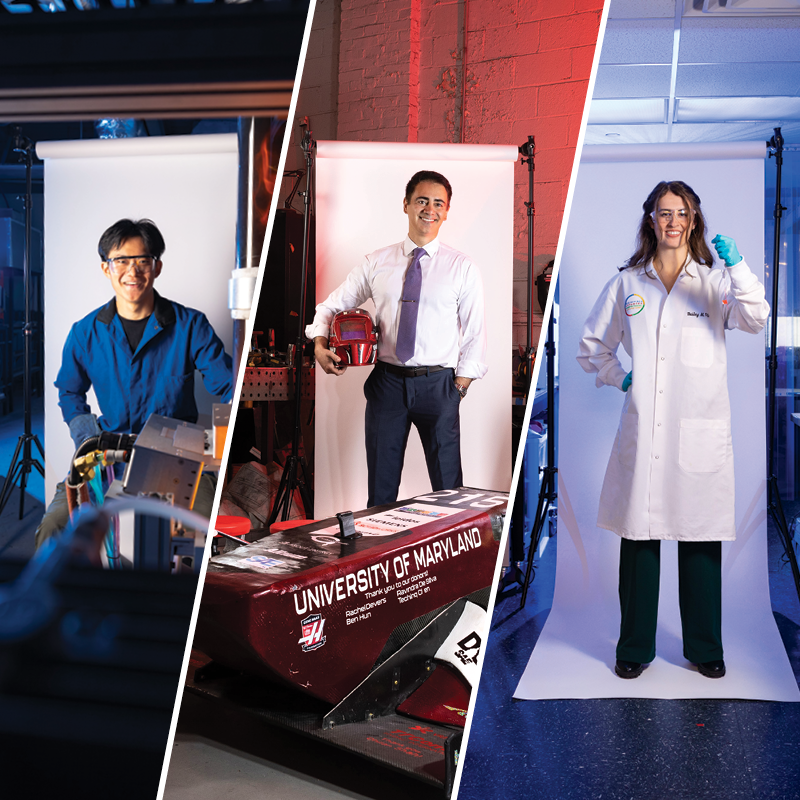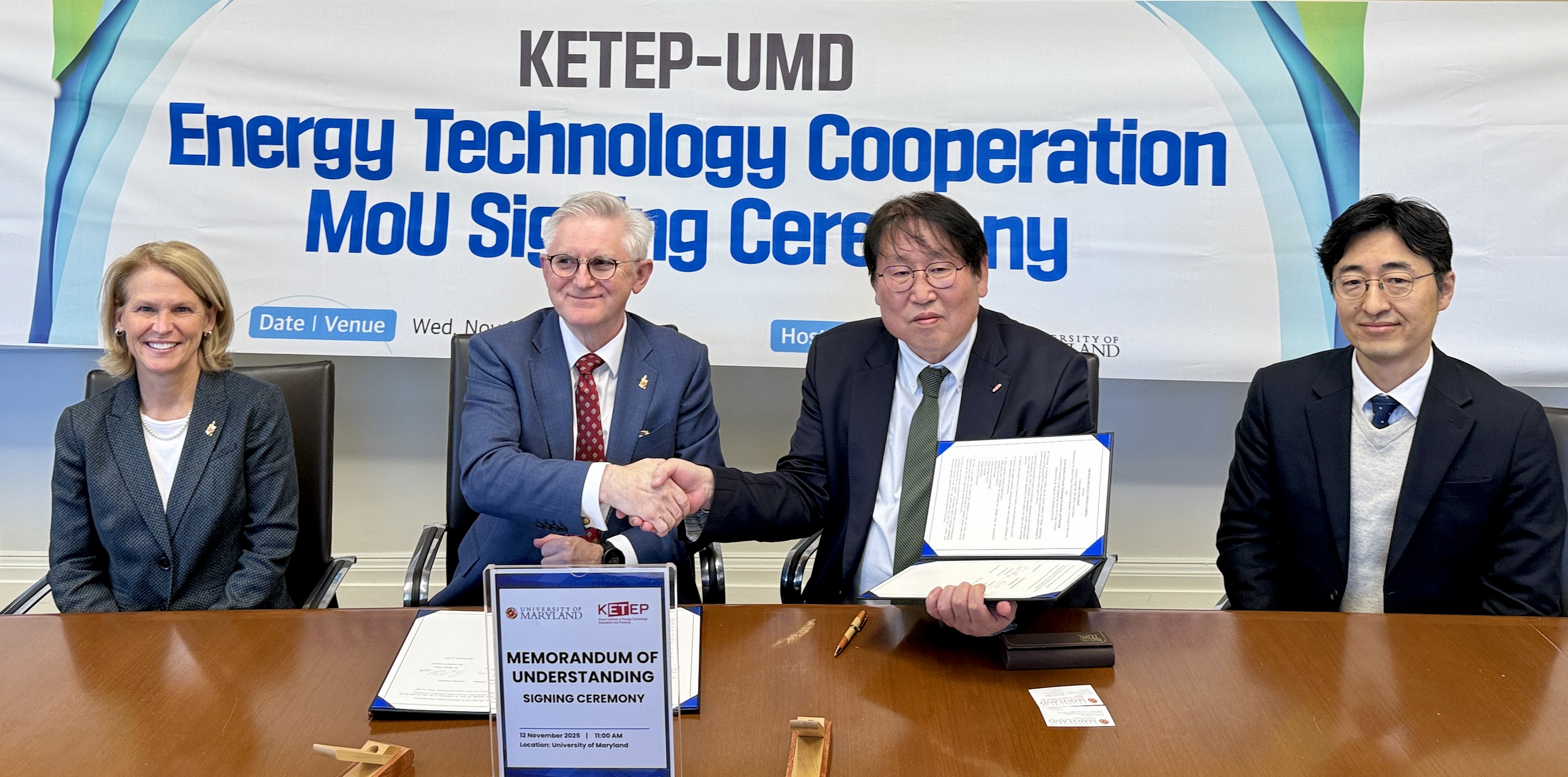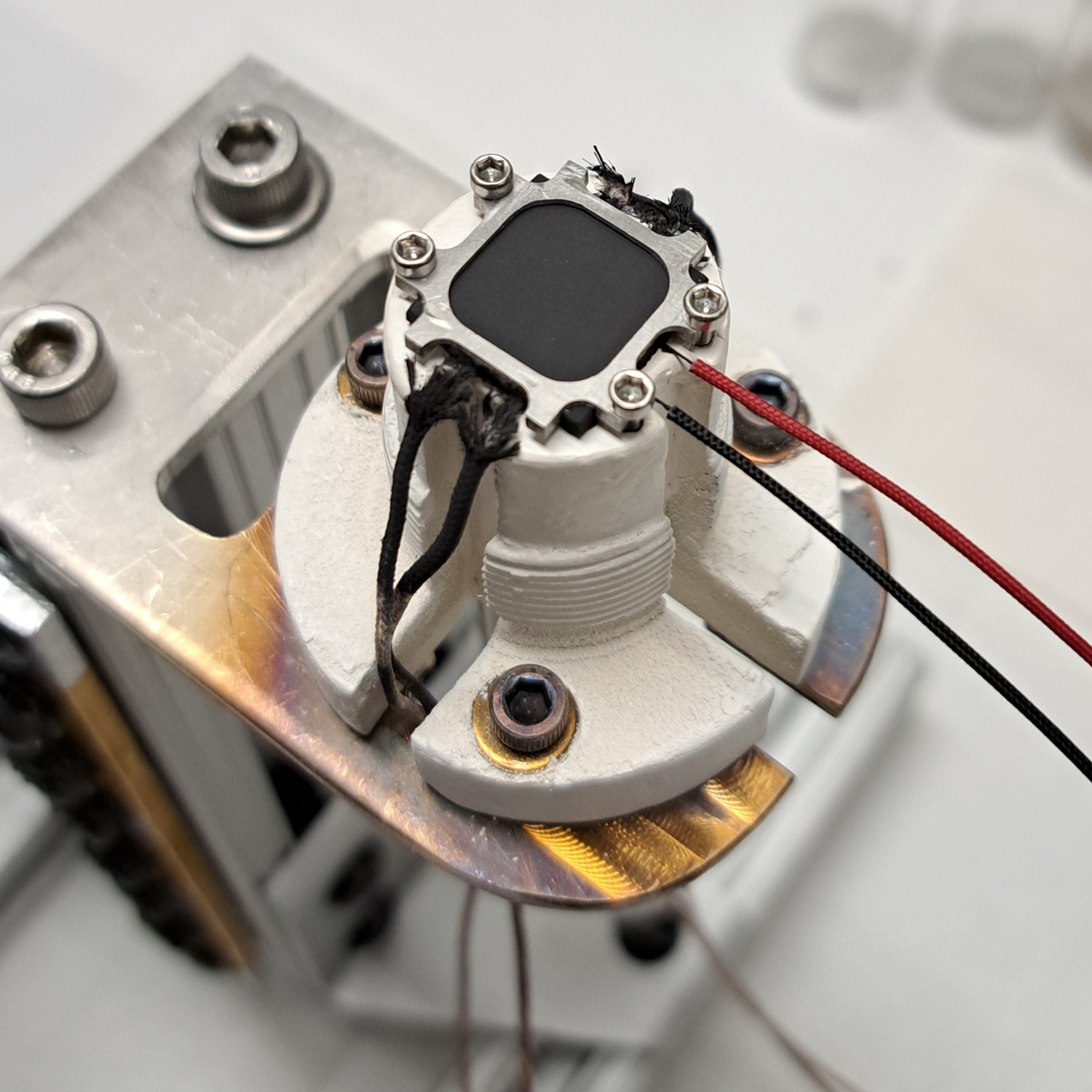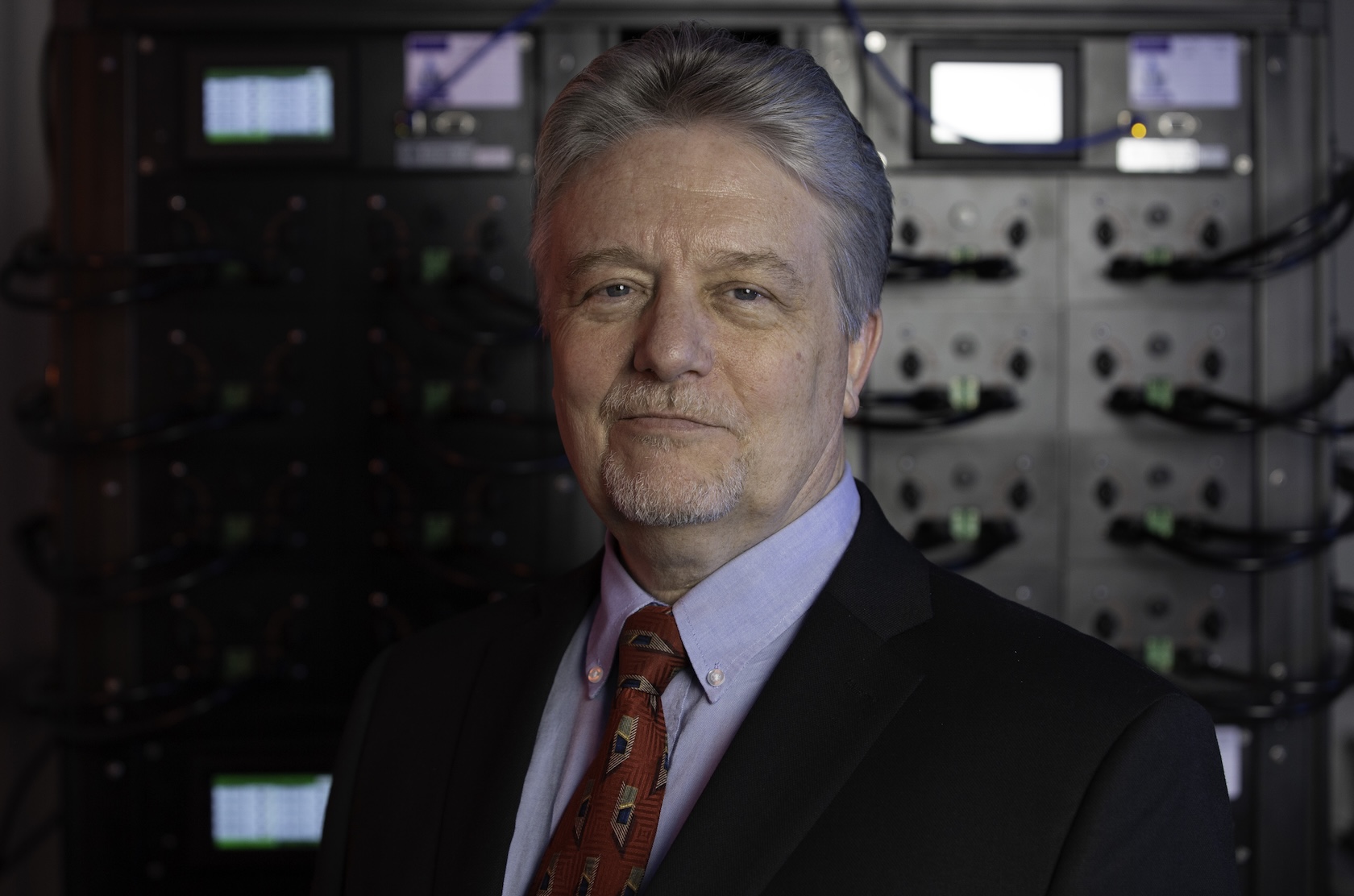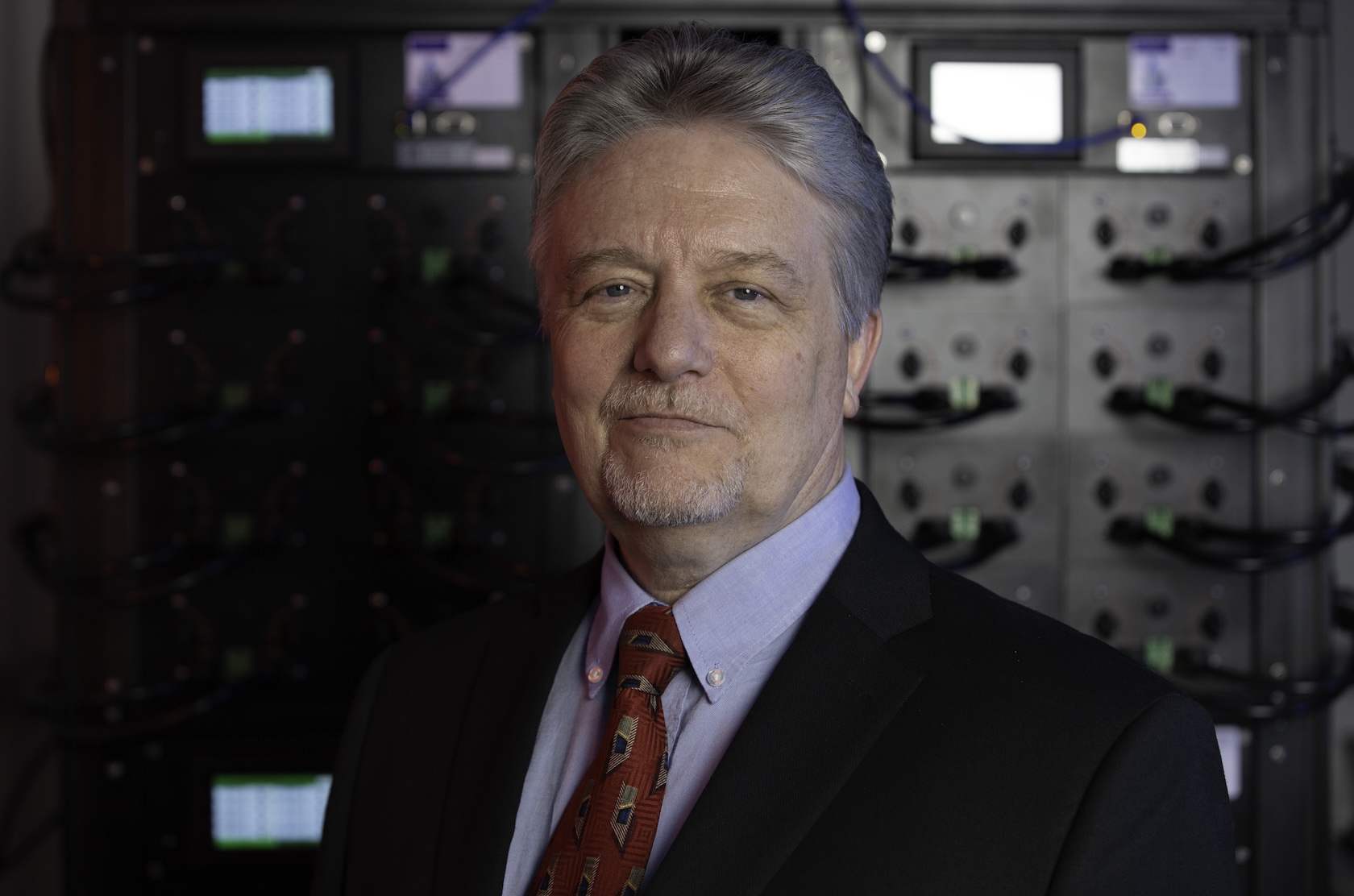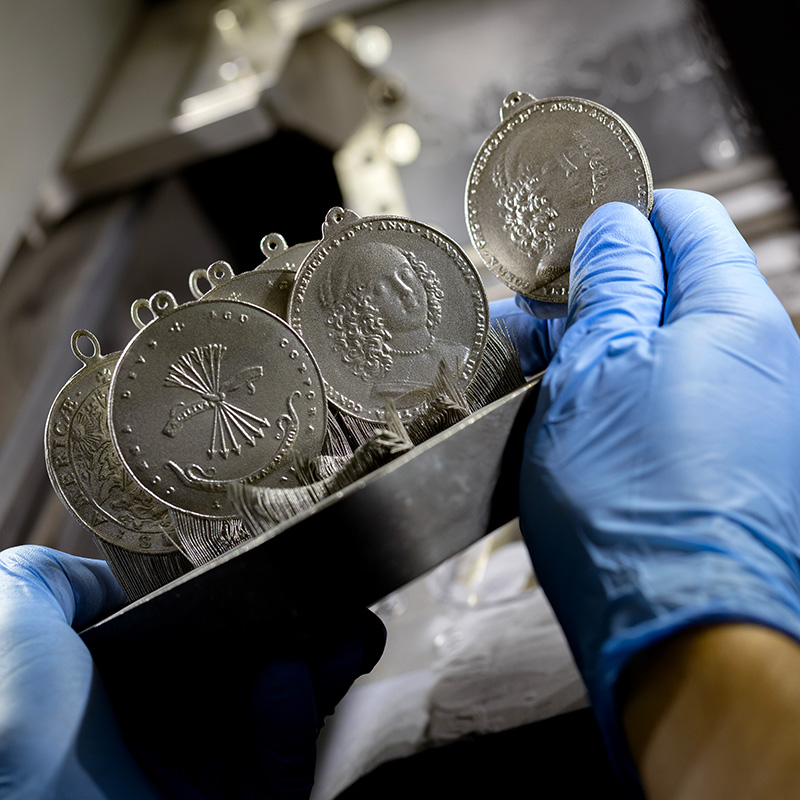News Story
State of Affairs: UMD Team Assesses Energy Efficiency of Maryland’s Capital
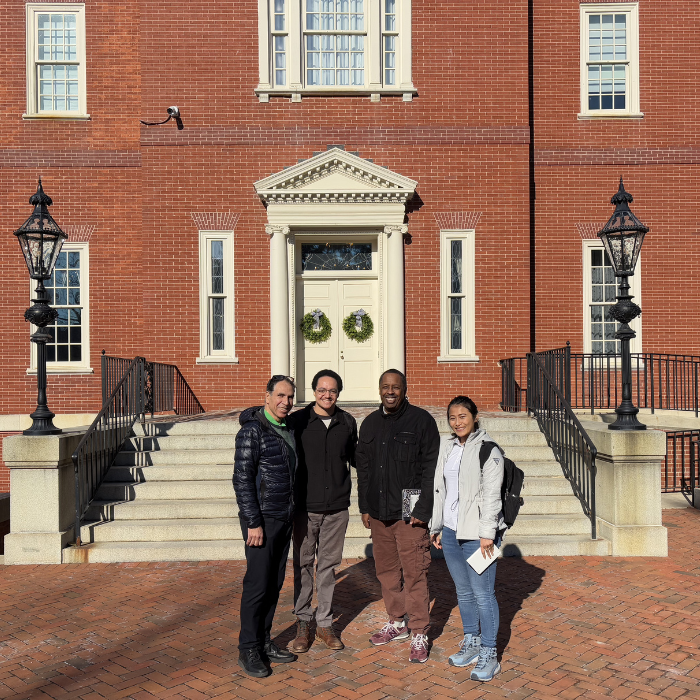
A CEEE team, in coordination with the Maryland Department of General Services (DGS) Office of Energy & Sustainability (OES), conducted an energy audit on 16 state-owned facilities in Annapolis, Maryland, including the governor's official residence. Team members included CEEE Co-Founder Michael Ohadi, faculty assistant Kyle Martin, Tony Myers of DGS OES and faculty assistant Shwe Htet Htet Aung.
A Center for Environmental Energy Engineering team was invited to the official, state-owned residence of Gov. Wes Moore in Annapolis, Maryland, earlier this year. Unlike most guests, they were given access to the inner workings of the building’s facilities, including its heating, ventilation and air-conditioning (HVAC) systems, to help identify ways to improve energy efficiency and decrease the carbon footprint of the 155-year-old building that has been home to Maryland’s governors since 1870. The visit was in collaboration with the Maryland Department of General Services (DGS) Office of Energy and Sustainability (OES).
The mansion, known as Government House, is one of 16 Annapolis buildings that the team inspected during 2024 and 2025 as part of an in-depth energy efficiency assessment/audit of state-owned buildings in the Maryland capital. Other audited buildings included the Maryland State House, the Senate and House of Delegates office buildings, the Maryland Hall of Records, and the Annapolis Data Center, which houses mainframe servers that have special cooling requirements.
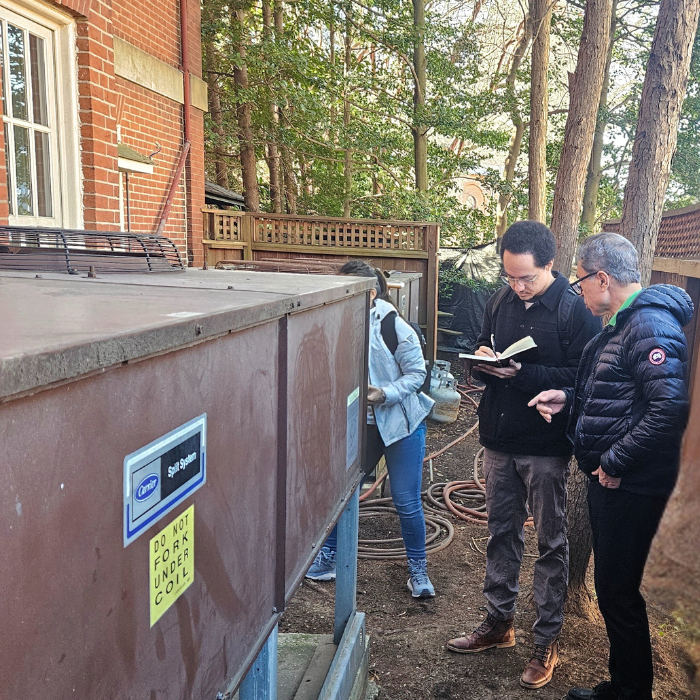
A CEEE team inspects an outdoor HVAC unit at the governor's mansion. Annapolis Complex project lead Kyle Martin confers with principal investigator Professor Michael Ohadi.
The Annapolis audit
The Annapolis Complex project is the latest in a string of energy audits that CEEE’s Smart and Small Thermal Systems (S2TS) Laboratory has performed through an agreement with the State of Maryland’s Department of General Services since 2018. So far, S2TS has conducted on-site energy audits on 10 million square feet of state-owned buildings and has performed virtual audits on approximately 29 million square feet using the lab’s custom-developed, AI-enabled Rapid Energy Auditor (REA) software. REA quickly assesses a building’s energy consumption and identifies buildings that would benefit from a more thorough hands-on audit. Previous onsite audits have included state courthouses, state military facilities, and University of Maryland buildings, including Glenn L. Martin Hall and Adele H. Stamp Student Union.
The audits advance the state’s ambitious agenda to slash carbon emissions and slow climate change. Maryland’s Climate Solutions Now Act of 2022 mandates a 60% reduction in greenhouse gases from 2006 levels by 2031 and net-zero emissions by 2045. “The state has aggressive plans to reduce greenhouse gas emissions, decrease energy consumption and save millions of dollars in utility costs,” says CEEE Co-Founder and Minta Martin Professor Michael Ohadi, who leads the S2TS energy audit team. “Efforts are going forward strongly, and the S2TS team is happy to contribute.”
Leveraging AI-enabled analysis, the S2TS team will offer guidance on ways to boost energy efficiency and reduce carbon emissions. “In my opinion, climate change is the biggest problem facing the world today,” says Kyle Martin, an S2TS faculty assistant and lab engineer, who leads the Annapolis project team. “Energy auditing is very important because it’s all about making buildings more energy efficient, transitioning to renewable energy and decarbonizing buildings. Right now, before things escalate to a degree that we can't fix them, is an important time to combat climate change,” Martin says.
A stately visit
As the oldest continuously used state capitol, the Maryland State House is steeped in history – it even served as the U.S. capitol in 1783-84 and is where George Washington appeared before Congress to resign as Commander in Chief of the Continental Army. Fast forward to November 2024, and the CEEE energy audit team is about to become part of this long history.
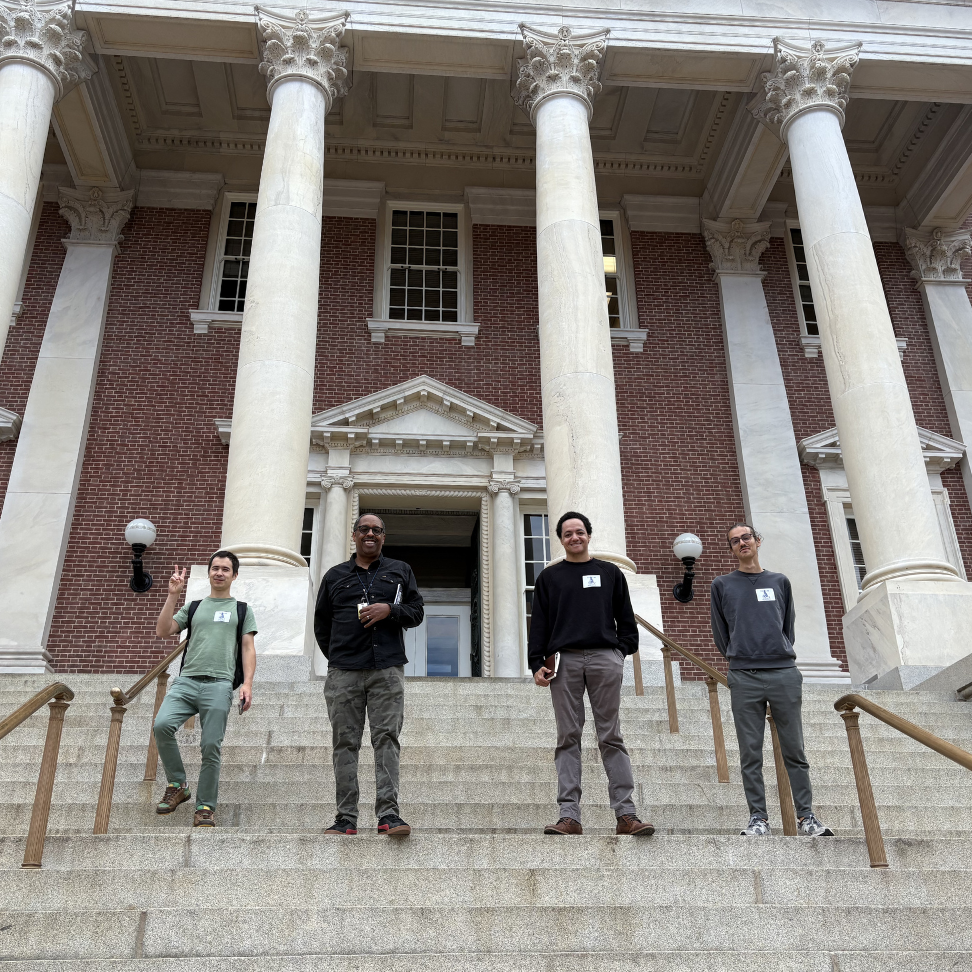
CEEE engineers, in coordination with Maryland Department of General Services (DGS), identified ways to improve energy efficiency at the Maryland State House. Team members included Alibek Bekenov, Tony Myers of the DGS Office of Energy & Sustainability, Kyle Martin and Naim Wöllmer.
The team is greeted by the State House’s building manager, who guides them through the building for over three hours, taking them from the depths of a cryptlike basement, up to the grandeur of the senate and house floors, and winding their way up creaky spiraling stairs to the underside of the wooden dome that sits atop the state capitol. The day’s team includes Martin along with Alibek Bekenov, faculty assistant Shwe Htet Htet Aung and a visiting international intern. They are accompanied by Tony Myers, energy audit program manager for Maryland DGS OES.
Every step along the way, the UMD team gathers data, using temperature and humidity sensors to track conditions and an infrared camera to detect how well the building envelope – its walls, roof, windows and doors – traps the heat on a late autumn day. They document the conditions, taking thorough notes and photographing every heat recovery unit and each gap in a window or door that exposes the building to drafts. They carefully inspect the server room and note what systems are in place to cool the room. They view tunnels that were long ago burrowed beneath this historic building and that now contribute to humidity issues.

Faculty assistant Shwe Htet Htet Aung documents the specifics of the gas-fired boilers at the Annapolis District Court.
Back in their campus laboratory and offices, the team, led by principal investigator and project director Ohadi, reviews the copious notes from their visit to the State House and the 15 other Annapolis facilities. They also analyze the buildings’ energy usage data from the past 18 months. The CEEE engineers crunch the numbers with the aid of their REA software and other tools, compare the data to industry standards, and pore through related research literature, searching for applicable best practices, keeping in mind that preserving the buildings’ historic nature constrains some of the possible changes.
“Buildings are one of the main energy-consuming areas in the United States; that’s why it’s so important to do these energy audits,” says Martin, who loves the hands-on, impactful nature of the work. He is gratified that the university’s recommendations will help shape Annapolis’ upcoming energy infrastructure changes – adding a new, sustainable chapter to the city’s rich history.
Published July 17, 2025
